#Depicting: Wii U Pro Controller
Explore tagged Tumblr posts
Text
Super Smash Bros. for Wii U - Part 2
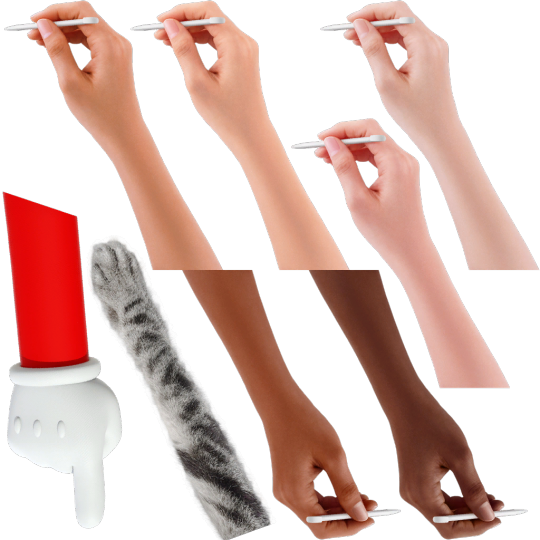
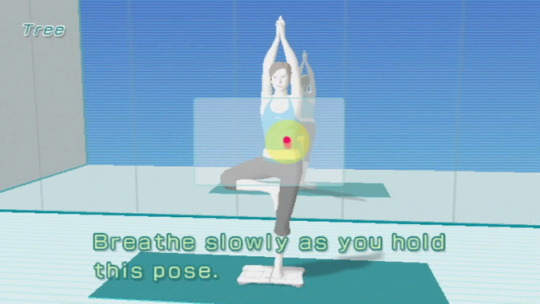

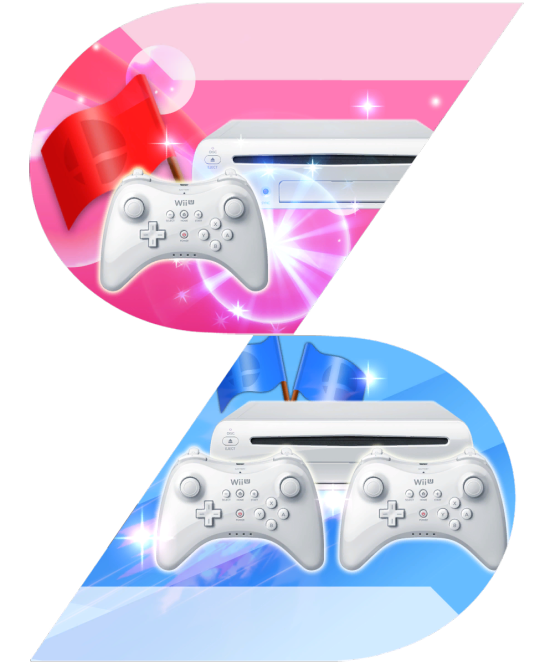
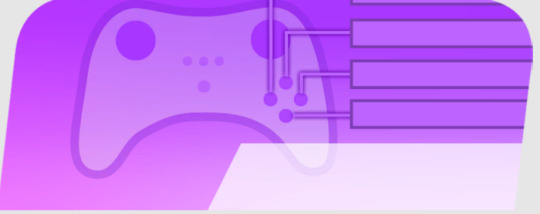

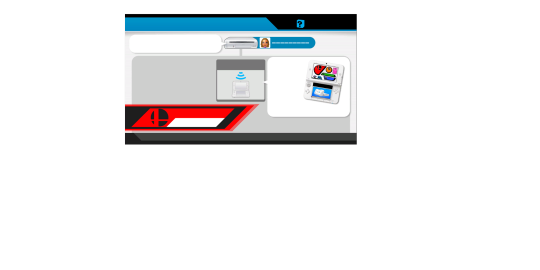
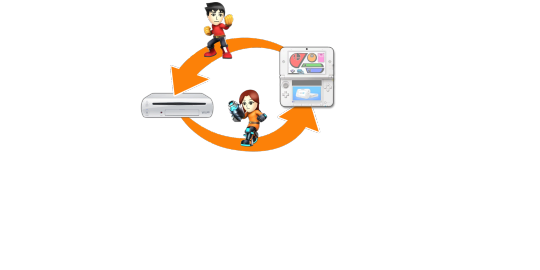

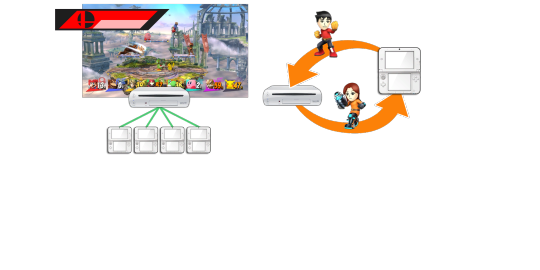




All from https://www.spriters-resource.com/wii_u/supersmashbrosforwiiu/
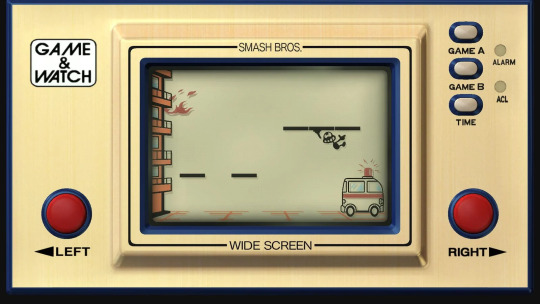
From https://www.ssbwiki.com/Flat_Zone_X

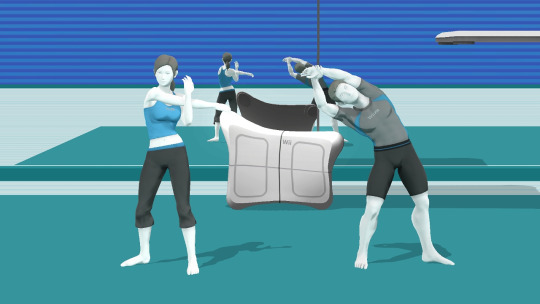

From https://www.ssbwiki.com/Wii_Fit_Studio
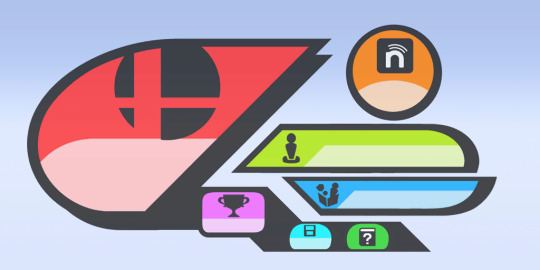
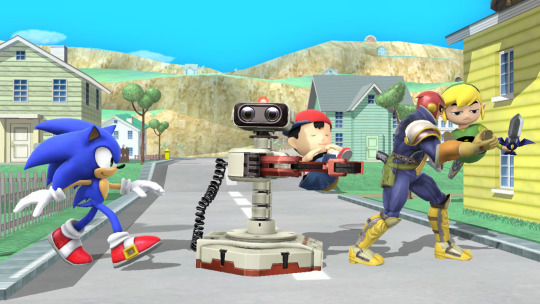




From https://www.spriters-resource.com/wii_u/supersmashbrosforwiiu/
#Super Smash Bros. for Wii U#Depicted by: Wii U#Depicting: Wii U Stylus#Depicting: Wii Balance Board#Depicting: R.O.B. (Robotic Operating Buddy)#Depicting: Wii U#Depicting: Wii U Pro Controller#Depicting: Nintendo 3DS XL#Depicting: Wii U GamePad#Depicting: amiibo#Depicting: Nintendo DS#Depicting: Game & Watch Fire#Depicting: Nintendo 3DS
1 note
·
View note
Text
Super Smash Bros 4 Wii U Iso

Super Smash Bros Wii Rom Iso
Super Smash Brothers Wii Iso
Wii ManufacturerNintendoTypeVideo game consoleGenerationSeventh generation eraFirst available November 19, 2006 December 2, 2006 December 7, 2006 December 8, 2006CPUIBMPowerPC-based(1) 'Broadway'GPUATI 'Hollywood'Media12 cm Wii Optical Disc 8 cm Nintendo GameCube Game Disc System storage512 MB Internal flash memory Secure Digital card Nintendo GameCube Memory CardController inputWii remote, Nintendo GameCube controllerConnectivityWi-Fi Bluetooth USB 2.0 x2 LAN Adapter (via USB)Online serviceNintendo Wi-Fi Connection WiiConnect24 Virtual Console Wii MenuBackward compatibilityNintendo GameCubePredecessorNintendo GameCubeSuccessorWii UArticle on Nintendo WikiWii
The Wii is the fifth internationally released home video game console released by Nintendo. The console is the direct successor to the Nintendo GameCube. Nintendo states that its console targets a broader demographic than that of Microsoft's Xbox 360 and Sony's PlayStation 3, but it competes with both as part of the seventh generation of video game systems, despite being noticeably underpowered compared to its rivals.
A distinguishing feature of the console is its wireless controller, the Wii Remote, which can be used as a handheld pointing device and can detect acceleration and orientation in three dimensions. Another feature is WiiConnect24, which enables it to receive messages and updates over the Internet while in standby mode. The Wii remote and Nunchuk combination can be used to play Super Smash Bros. Brawl, while the Wii remote (turned on its side), the Classic Controller, or a GameCube controller may also be used.
Nintendo first spoke of the console at the 2004 E3 press conference and later unveiled the system at E3 2005. Satoru Iwata revealed a prototype of the controller at the September 2005 Tokyo Game Show. At E3 2006, the console won the first of several awards. By December 8, 2006, it had completed its launch in four key markets. The Financial Times reported that as of September 12, 2007, the Wii is the sales leader of its generation, based on sales figures from Enterbrain, NPD Group and GfK. The Wii sold 101.63 million units worldwide, making it Nintendo's best-selling home console and beating its contemporaries, Microsoft's Xbox 360 and Sony's PlayStation 3, both of which have sold 84 million and 87.4 million worldwide respectively.
The Wii Mini was released initially in Canada on December 7th 2012. While the console can play Super Smash Bros. Brawl, it cannot play Super Smash Bros. or Super Smash Bros. Melee, as it lacks the online functionality needed to download the former, and it lacks the GameCube controller ports and GameCube memory card slots needed to play the latter. The lack of GameCube controller ports also prevents the use of GameCube controllers with Super Smash Bros. Brawl.Though it was only available in Canada at launch, it was later released in Europe on March 22, 2013, and in the United States on November 17, 2013.
In the Super Smash Bros. series(edit)
Super Smash Bros. Brawl is a Super Smash Bros. game released game for the Wii in 2008. Backwards compatibility allows for Super Smash Bros. Melee to be played on the Wii, but with GameCube controllers only. Also, Super Smash Bros. for the Nintendo 64 has been released on the Virtual Console in Japan, Europe, America and Australia for 1000 Wii Points. The Wii makes it possible, for the first time, to play all previous Smash Bros. games on the newest game's home console, as well as the first time any past Smash game has been playable on a newer console.
Some characters that debuted in games originally released for the Wii became playable fighters in the Super Smash Bros. series, all of which debuted in SSB4: Wii Fit Trainer, Rosalina, Shulk and the Miis.
Gallery(edit)
The Wii Family Edition. Nintendo switch ethernet adapter.
The Wii Mini, depicted with a red Wii Remote Plus and Nunchuk.
The Wii Remote.
The Nunchuck.
A Wii Remote connected with a Nunchuck.
The Classic Controller.
The Classic Controller Pro.
The Wii Balance Board.
A crystal icing Wii given out as a prize
References(edit)
^Wii: The Total Story. IGN. Retrieved on 2006-11-20.
External links(edit)
Official channel on YouTube
Wikipedia has an article on Wii.
Nintendo consolesHome consolesColor TV-Game 15 ·Nintendo Entertainment System ·Super Nintendo Entertainment System ·Virtual Boy ·Nintendo 64 ·Nintendo GameCube ·Wii ·Wii UHandheld consolesGame & Watch ·Game Boy ·Game Boy Color ·Game Boy Advance ·Nintendo DS ·Nintendo 3DSHybrid consolesNintendo Switch
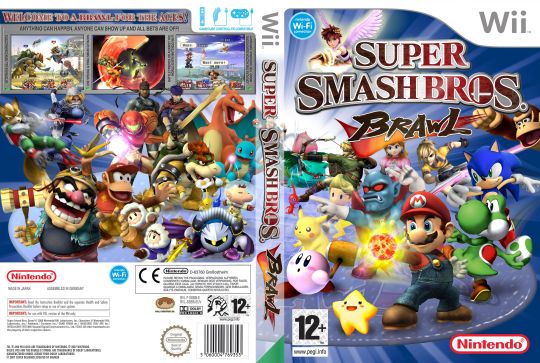
Retrieved from 'https://www.ssbwiki.com/index.php?title=Wii&oldid=1579513'
Super Smash Bros Wii Rom Iso
Wii U Torrent Games We Hope People To Get Wii U Games for free, all you have to do click CTRL+F To Open search and write name of the game you want after that click to the link to download too easy. If You Not Found You Game Repack Here Just Write To Comment And I Will Uploaded For You. For Super Smash Bros. For Wii U on the Wii U, a GameFAQs message board topic titled 'PSA: Ness is worse in Smash 4' - Page 6. All of your favorite Nintendo characters are back, along with plenty of new faces, in Super Smash Bros. For Wii U, the next entry in the beloved Super Smash Bros.
Super Smash Brothers Wii Iso
Super Smash Bros. For Nintendo 3DS: Launch Date: 10/3/2014 Super Smash Bros. For Wii U: Launch Date: Use Parental Controls to restrict 3D mode for children 6 and under for Nintendo 3DS version.
The Beggar’s Ride WII U ISO Eshop (Loadiine) (USA) The Book of Unwritten Tales 2 WII U ISO (LOADIINE) (USA) The Cave WII U ISO (LOADIINE) (USA) The Croods: Prehistoric Party WII U ISO (EUR) (Loadiine) The Legend of Zelda Ocarina of Time WII U ISO ESHOP (N64) (Loadiine) The Legend of Zelda Spirit Tracks WII U ISO ESHOP (NDS) Loadiine (USA).

0 notes
Text
Video Games
Today, video games make up a $100 billion global industry, and nearly two-thirds of American homes have household members who play video games regularly. And it’s really no wonder: Video games have been around for decades and span the gamut of platforms, from arcade systems, to home consoles, to handheld consoles and mobile devices. They’re also often at the forefront of computer technology.
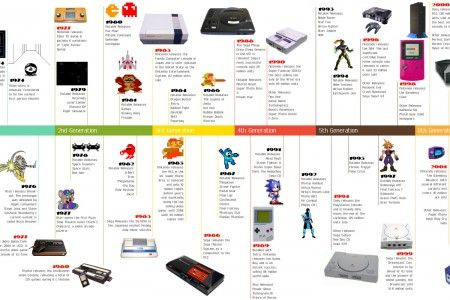
The Early Days
Though video games are found today in homes worldwide, they actually got their start in the research labs of scientists.
In 1952, for instance, British professor A.S. Douglas created OXO, also known as noughts and crosses or a tic-tac-toe, as part of his doctoral dissertation at the University of Cambridge. And in 1958, William Higinbotham created Tennis for Two on a large analog computer and connected oscilloscope screen for the annual visitor’s day at the Brookhaven National Laboratory in Upton, New York.
In 1962, Steve Russell at the Massachusetts Institute of Technology invented Spacewar!, a computer-based space combat video game for the PDP-1 (Programmed Data Processor-1), then a cutting-edge computer mostly found at universities. It was the first video game that could be played on multiple computer installations.
In 1967, developers at Sanders Associates, Inc., led by Ralph Baer, invented a prototype multiplayer, multi-program video game system that could be played on a television. It was known as “The Brown Box.”
Baer, who’s sometimes referred to as Father of Video Games, licensed his device to Magnavox, which sold the system to consumers as the Odyssey, the first video game home console, in 1972. Over the next few years, the primitive Odyssey console would commercially fizzle and die out.
Yet, one of the Odyssey’s 28 games was the inspiration for Atari’s Pong, the first arcade video game, which the company released in 1972. In 1975, Atari released a home version of Pong, which was as successful as its arcade counterpart.
Magnavox, along with Sanders Associates, would eventually sue Atari for copyright infringement. Atari settled and became an Odyssey licensee; over the next 20 years, Magnavox went on to win more than $100 million in copyright lawsuits related to the Odyssey and its video game patents.
In 1977, Atari released the Atari 2600 (also known as the Video Computer System), a home console that featured joysticks and interchangeable game cartridges that played multi-colored games, effectively kicking off the second generation of the video game consoles.
The video game industry had a few notable milestones in the late 1970s and early 1980s.
The Video Game Crash
In 1983, the North American video game industry experienced a major “crash” due to a number of factors, including an oversaturated game console market, competition from computer gaming, and a surplus of over-hyped, low-quality games, such as the infamous E.T., an Atari game based on the eponymous movie and often considered the worst game ever created.
The video game home industry began to recover in 1985 when the Nintendo Entertainment System (NES), called Famicom in Japan, came to the United States. The NES had improved 8-bit graphics, colors, sound and gameplay over previous consoles.
Nintendo, a Japanese company that began as a playing card manufacturer in 1889, released a number of important video game franchises still around today, such as Super Mario Bros., The Legend of Zelda, and Metroid.
Also in 1989, Sega released its 16-bit Genesis console in North America as a successor to its 1986 Sega Master System, which failed to adequately compete against the NES.
With its technological superiority to the NES, clever marketing, and the 1991 release of the Sonic the Hedgehog game, the Genesis made significant headway against its older rival. In 1991, Nintendo released its 16-bit Super NES console in North America, launching the first real “console war.”
The early- to mid-1990s saw the release of a wealth of popular games on both consoles, including new franchises such as Street Fighter II and Mortal Kombat, a fighting game that depicted blood and gore on the Genesis version of the game.
The Rise of 3D Gaming
With a leap in computer technology, the fifth generation of video games ushered in the three-dimensional era of gaming.
In 1995, Sega released in North America its Saturn system, the first 32-bit console that played games on CDs rather than cartridges, five months ahead of schedule. This move was to beat Sony’s first foray into video games, the Playstation, which sold for $100 less than the Saturn when it launched later that year. The following year, Nintendo released its cartridge-based 64-bit system, the Nintendo 64.
Though Sega and Nintendo each released their fair share of highly-rated, on-brand 3D titles, such as Virtua Fighter on the Saturn and Super Mario 64 on the Nintendo 64, the established video game companies couldn’t compete with Sony’s strong third-party support, which helped the Playstation secure numerous exclusive titles.
Modern Gaming
The 8th and current generation of video games began with the release of Nintendo’s Wii U in 2012, followed by the Playstation 4 and Xbox One in 2013. Despite featuring a touch screen remote control that allowed off-TV gaming and being able to play Wii games, the Wii U was a commercial failure—the opposite of its competition—and was discontinued in 2017.
In 2016, Sony released a more powerful version of its console, called the Playstation 4 Pro, the first console capable of 4K video output. In early 2017, Nintendo released its Wii U successor, the Nintendo Switch, the only system to allow both television-based and handheld gaming. Microsoft will release its 4K-ready console, the Xbox One X, in late 2017.
With their new revamped consoles, both Sony and Microsoft currently have their sights set on virtual reality gaming, a technology that has the potential to change the way players experience video games.
1 note
·
View note